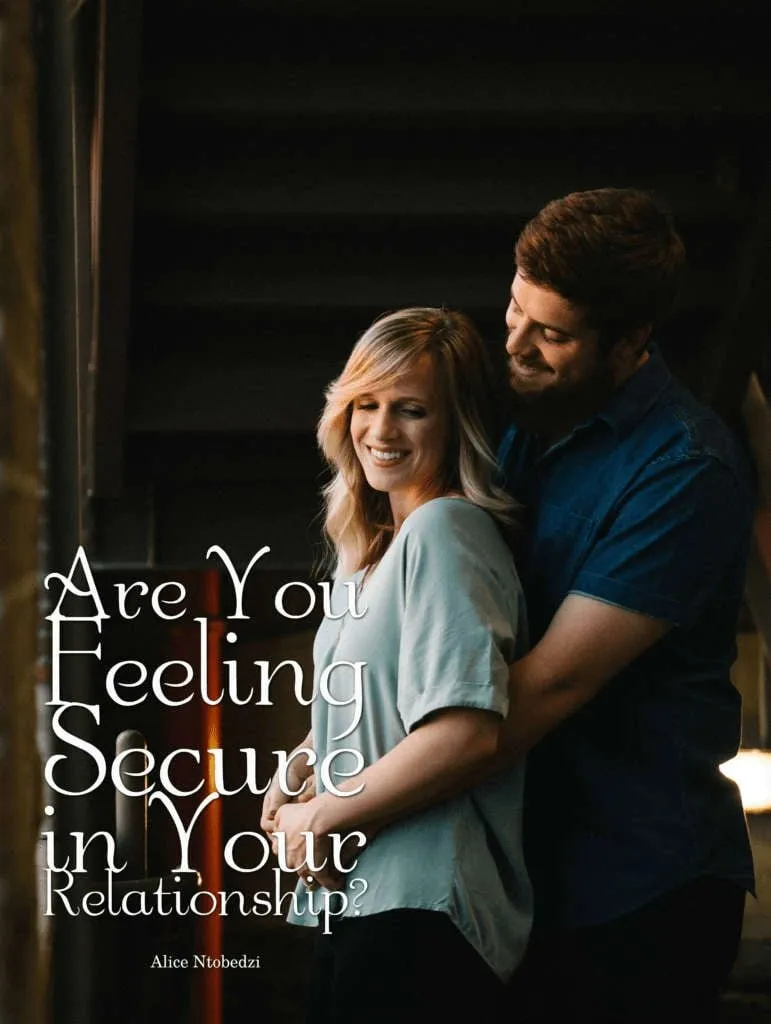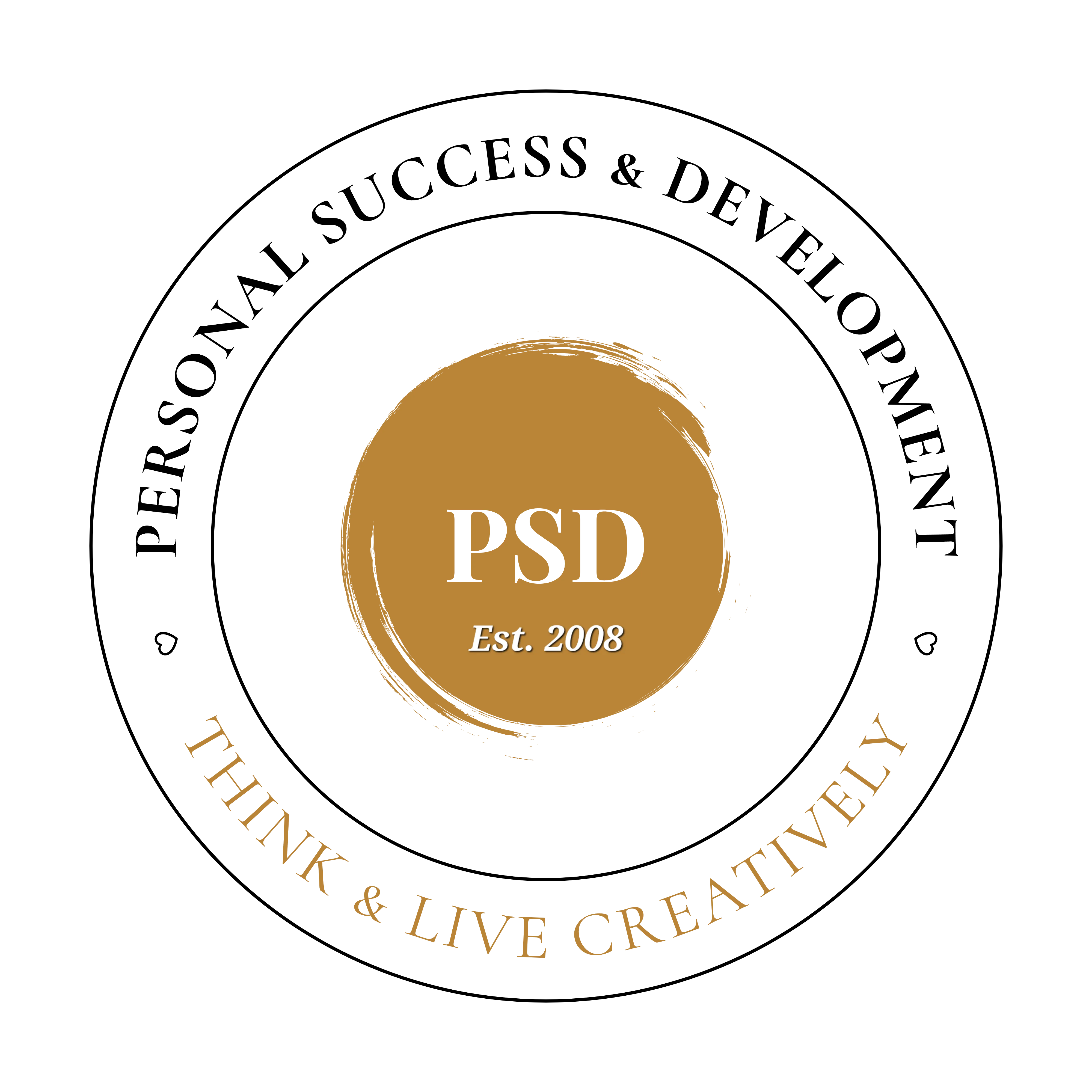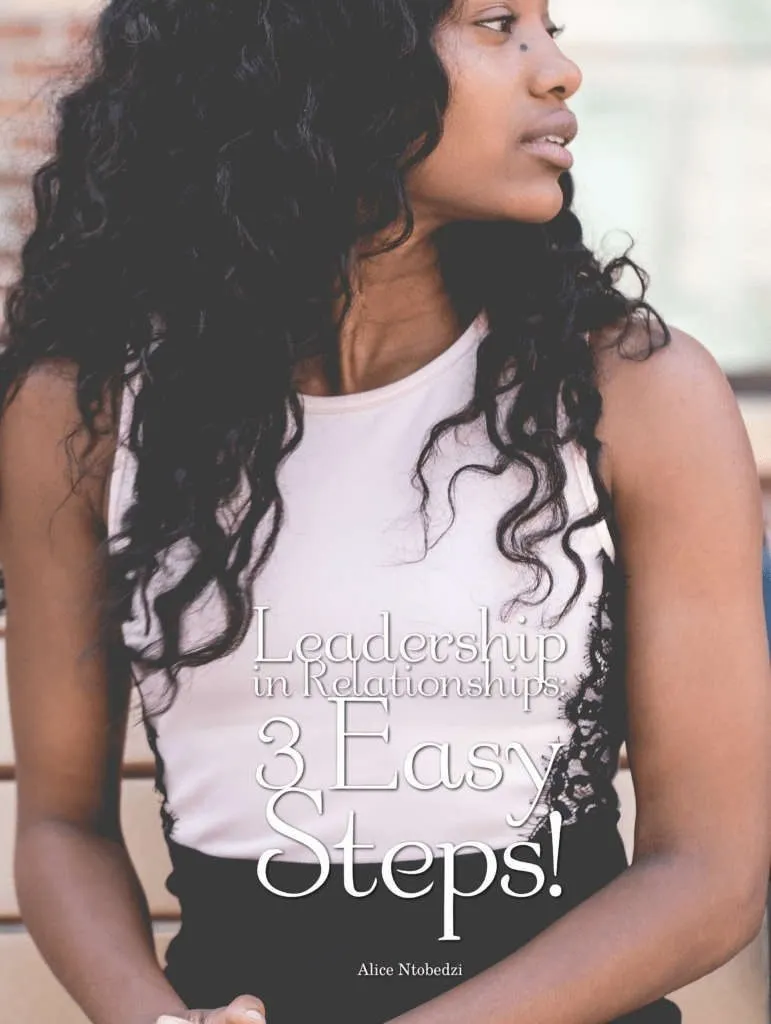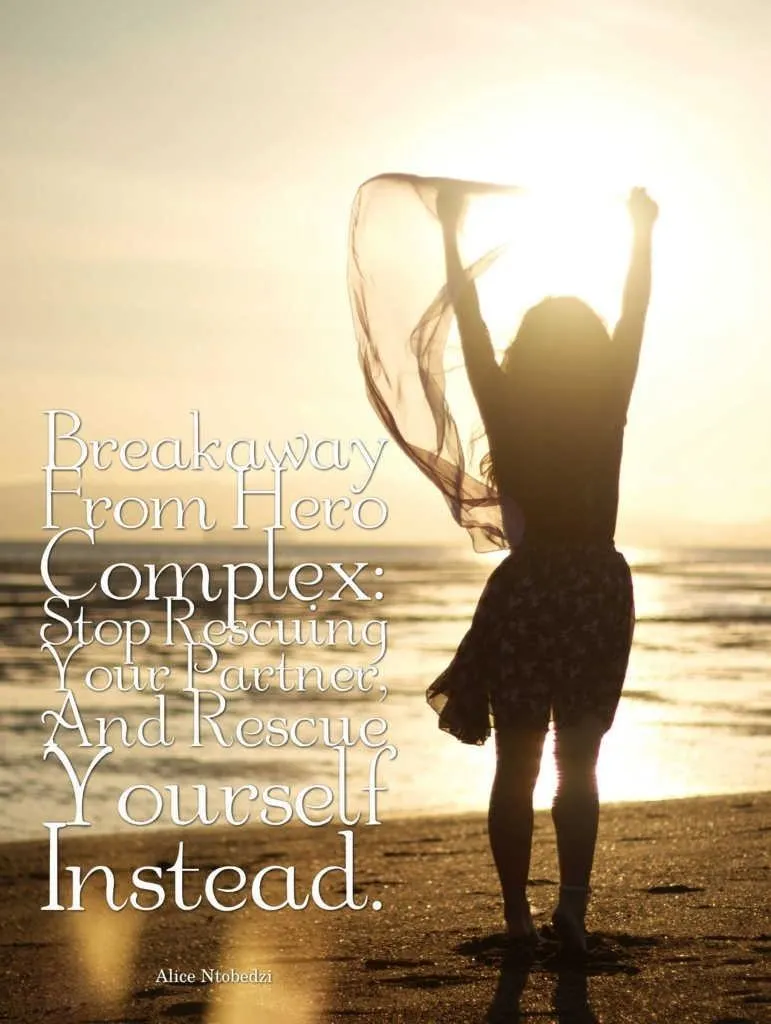Are you feeling secure in your relationship?
3 key steps to cultivate a secure attachment style in your relationship.

In today’s article, we will focus on attachment theory to understand why people may experience relationship challenges and I will then offer some strategies on how to manage these problems and even improve your relationship.
Attachment theory was a result of the joint work of psychologists John Bowlby and Mary Ainsworth. Although this theory is often applied to infant-caregiver relationships it has now been proven that adult attachment has its foundations from our early life experiences and that attachment is important throughout life.
The attachment process guides early social, emotional, and cognitive development and it is something we need to thrive in life. The quality of our attachments in all of our relationships is therefore important throughout life for our well-being and adaptive functioning.
Attachment theory explains that we are biologically wired to seek closeness, a mechanism called attachment system. This means we are programmed by evolution to have emotions and behaviours that ensure we seek safety and protection from those who care about our well-being and vice-versa (in close relationships, including romantic and non-romantic).
However, when we face challenges in our relationships it may seem things are not going as nature intended. There are many reasons why the attachment process could be disrupted.
Firstly, due to the experience of childhood trauma, which includes emotional (e.g. rejection, controlling or frightening behaviour towards the child by their caregivers), physical, or sexual abuse.
Secondly, due to the perceptions that people have about the quality of their relationships with their parents/caregivers.
Thirdly, due to observing their parents’ relationship with each other when they were growing up.
And finally, due to the experience of abuse in their adult romantic relationships. (There are many forms of abuse patterns, but the most common being gas-lighting, which entails manipulating the partner by psychological means into doubting their own sanity.)
Our brain is shaped by our experiences and our attachment styles are the result of our adaptation in our interpersonal relationships.
There are 4 types of attachment styles. These attachment styles also form our internal working models or how we perceive our relationships. Here they are:
1. Secure attachment – individuals with this attachment style enjoy relationships and are secure in themselves and in the relationship.
2. Anxious – insecure attachment– Individuals with this attachment style crave love and affection. However, they are self-critical and insecure. So while they’re seeking love on the outside, they’re constantly rejecting it on the inside. And because of these contradictory messages to self and others, they are highly prone to feeling anxious and have a fear of rejection and need constant validation.
3. Avoidant – insecure attachment– Their strategy is to preserve themselves and play safe, because they fear if they get too close or too attached to their partner, they’re only going to be disappointed later on. Clearly, there are trust issues playing a big role here. Hence, individuals with this attachment style avoid intimacy and closeness. They also have a fear of engulfment (or being over-crowded) and therefore they keep their partner at an arm’s length, lest their partner gets too needy.
4. Disorganised – insecure attachment– Individuals with this attachment style simultaneously fear and avoid closeness and intimacy. They may dissociate from their own emotions and also believe they are unworthy of love and support. They’re a combination of the anxious and avoidant styles because, in their early life, the person who loved them the most was also the person who caused them the most emotional turmoil. As a result, they’re quite confused on how to pursue their romantic relationships in adulthood. As the name suggests, they’re quite disorganised and have not many fixed strategies.
If you fall into any of the above categories of insecure attachment, (anxious, avoidant, or disorganised), your goal would be to improve your attachment style towards a secure attachment style. Even though attachment styles are stable they are also changeable.
Attachment styles define how you have adapted rather than being seen as good or bad. Depending on your experiences you may have attachment insecurities that are on the extreme or on the lower end of the spectrum or a mix of responses from each category.
A more secure attachment will help you create inner resilience and foster strong emotional connections in your relationships. Let’s look at how this could be done using 3 simple strategies:
Upgrade your mindset.
From your past experiences, you would have formed beliefs which don’t necessarily support your relationships in a positive way. Here are some examples of the limiting beliefs related to your attachment style. If you have an:
1. Anxious style – Even one phone call not answered or a text without saying ‘love you’ could be interpreted as “It’s obvious that he/she is losing interest in me.” You may panic and seek reassurance, and you may continually feel your emotional needs are not adequately met. Because of the fear of losing your partner, you will also find it difficult to deal with break-ups. (Read more on how to deal with a break-up here).
2. Avoidant style – Coming from a place of always playing safe and not willing to give your relationship the vulnerability that it needs, you might think, “don’t get too involved. You’ll just be disappointed.” You may remain emotionally distant and aloof. You may sabotage your emotional connections.
3. Disorganized style – Because of lack of a clear strategy, and constantly feeling lost and confused, you might think, “I am not able to do what I need to do to get the love I need.” You may exhibit a mixture of avoidant and resistant behaviours in your interaction with your partner. See an example in my previous article on the hero complex.
In all these scenarios, the attachment system is not serving you as it is intended. You are operating from instincts formed by past memories. The cost to you is; by not questioning your beliefs in your new environment you create a trap for yourself. You see things in absolutes and generally apply your unhealthy beliefs to all your relationships. You do this because you are trying to escape your fears but on the other hand, you ruin your relationships with self-fulfilling prophecies. Everyone’s attachment style can change throughout life from insecure to secure and vice versa depending on relationship experiences.
Model secure relationships.
Individuals who have developed insecure attachment strategies may experience problems in the relationship because they engage in unhelpful behaviours which only lead to frustration with their partner. And to transform their attachment style into a secure one requires conscious effort to develop the skills. The good news is that anyone with a positive intention and the willingness to do the work can develop these skills and enjoy the benefits of a secure attachment style in their relationships.
a. If you are already in a relationship, discuss ideas of a healthy relationship with your partner or potential partner. This opens a doorway towards what you can both strive for and if you are dating you can identify well in time, whether or not, this person has the same relationship goals as you.
b. Change your unconscious blueprint. Make a list of what you are going to do less of and what you are going to do more of. Become a leader in your relationship.
c. Develop effective communication skills and seek to do activities together that increase emotional connection with your partner.
Date someone who is more secure.
If you are single and looking for a relationship this is a good place because you will be equipped with knowledge about yourself, your attachment style, new skills and secure relationship principles that will help you create a relationship of your desire.
In the general population, people partner with others who have one of the 4 different attachment styles. However, research shows that people with anxious and avoidant attachment styles are not suited to each other as they magnify each other’s fears – fear of rejection and fear of engulfment.
Now that you have some thoughtful insights into your own attachment style, has it set you thinking about your partner’s?
Request a cheat sheet to find out about your current or potential partner’s attachment style.
You can become the master of your destiny and grow through self-leadership. Get the foundations of your relationships right. You owe it to yourself to do what is necessary to create a healthy and loving relationship. To learn even more about yourself, you can complete a psychological questionnaire which will help you identify your relationship pitfalls and understand your inner world. You can allow relationships to become a vehicle for growth and evolution, and you will be on the way to re-align yourself to your authentic and conscious relationship goals.
If you’re ready to experience love on a whole new level, but don’t know where to begin, reach out to me, book an online coaching session, here is my calendar.


